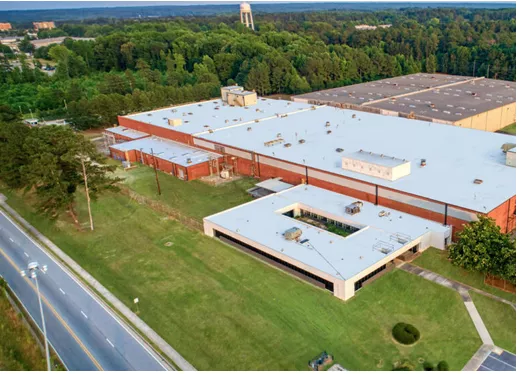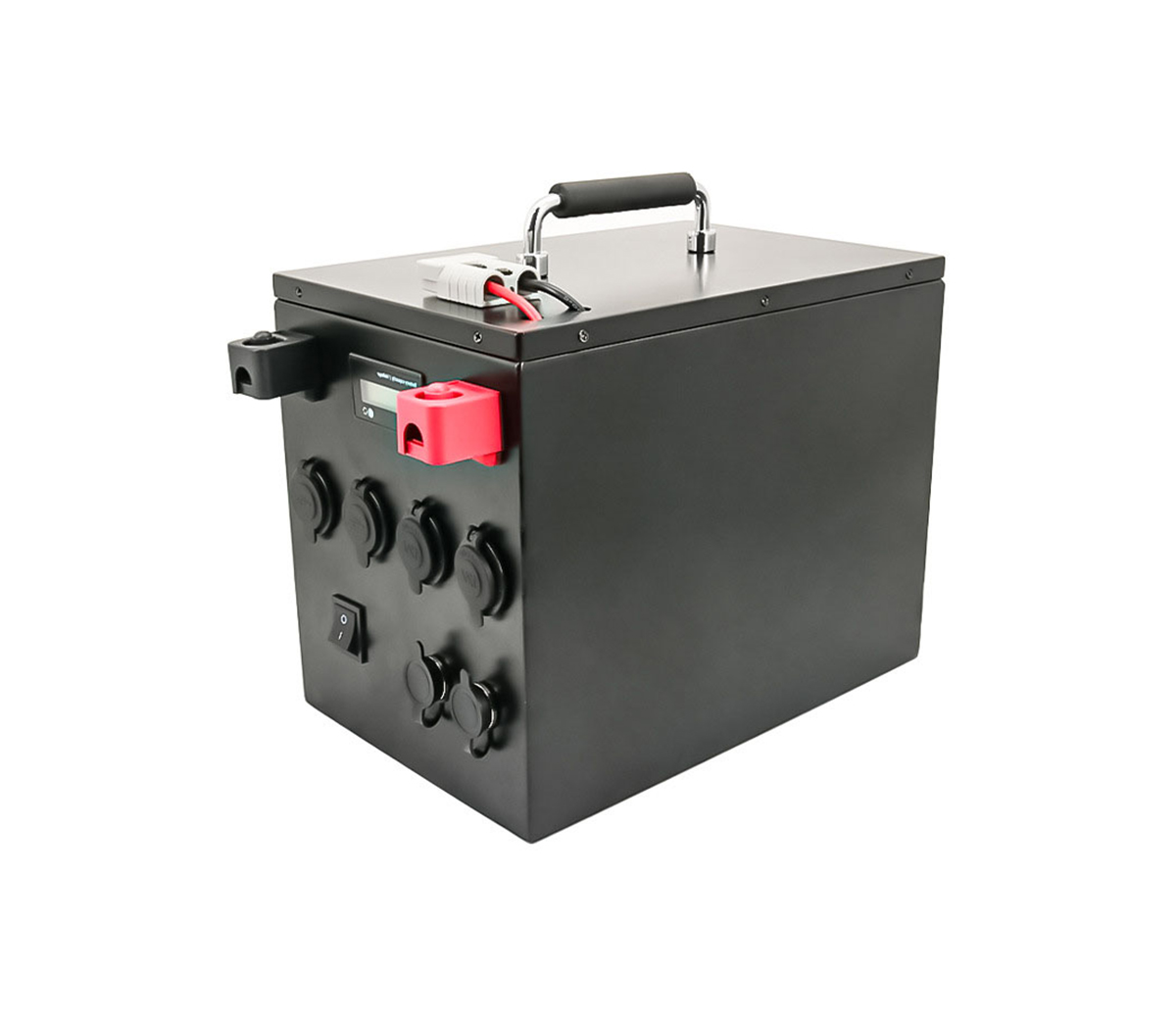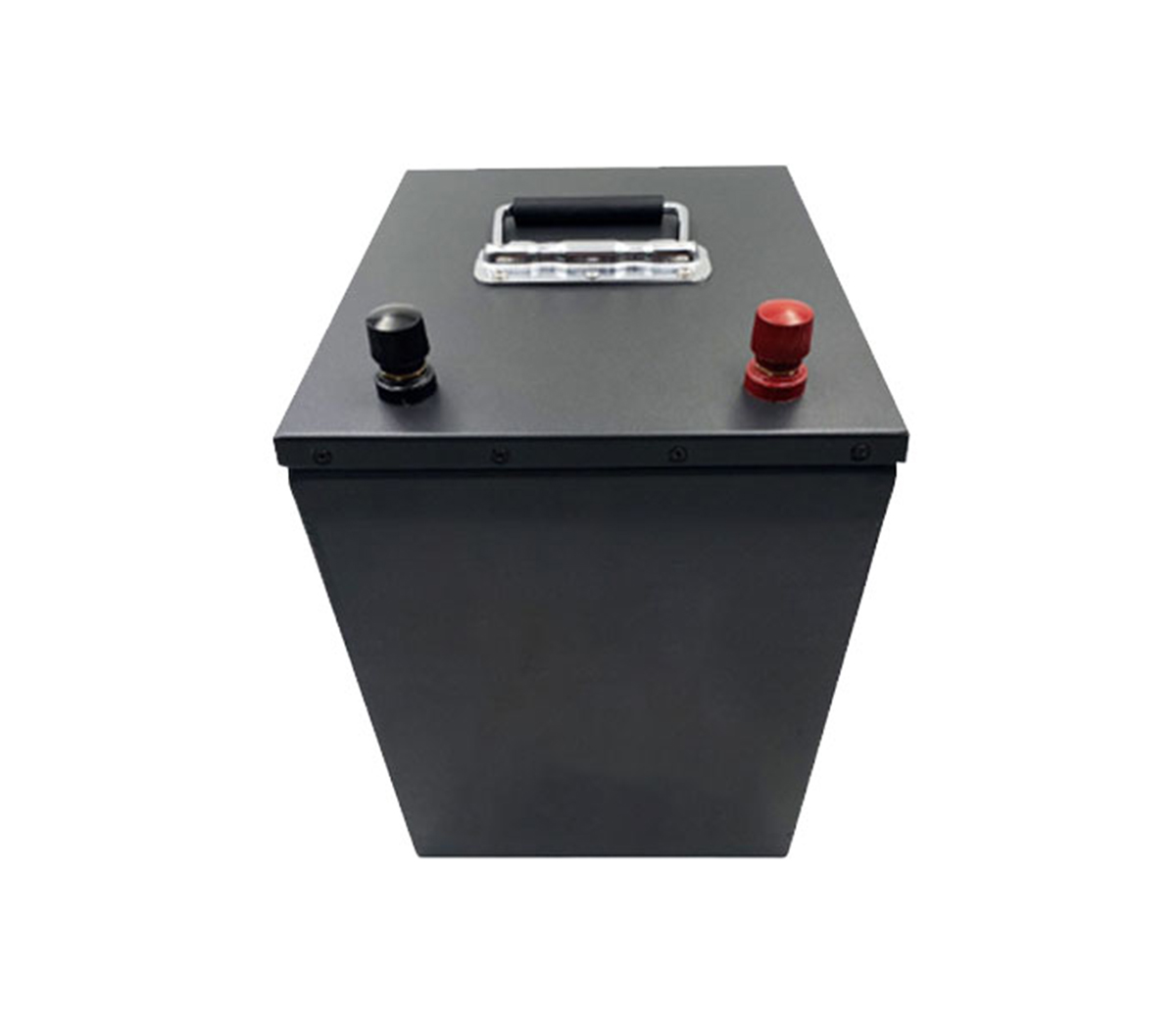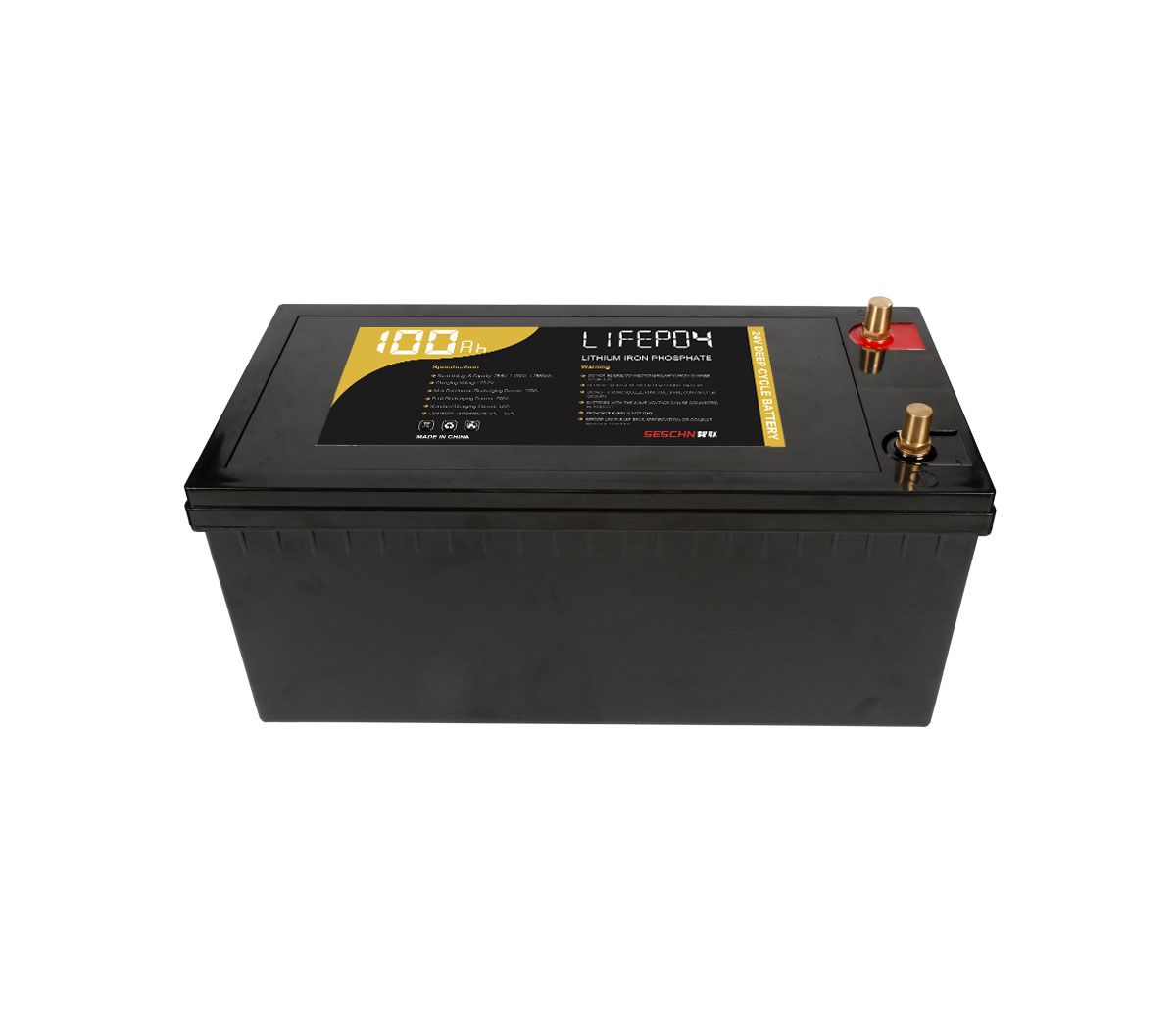Numerous lithium battery recycling plants have been planned to operate in
North America and Europe
U.S. lithium-ion battery recycling and manufacturer Battery Resourcers said
a few days ago that it plans to build and operate one of the largest lithium-ion
battery recycling facilities in North America. The company intends to process as
much used batteries from battery energy storage systems as possible.

(Battery Resourcers plans to deploy battery recycling plant renderings in
Covington, Georgia)
Battery Resourcers will build and fully operationalize a
154,000-square-foot commercial-scale battery recycling facility in Georgia this
August. The facility will be able to process 30,000 tons of used lithium
batteries and scrap annually, and will refine and produce new battery-grade
lithium, cobalt and nickel.
The company has a partnership with auto industry maker Honda, and the
venture capital arm of Jaguar Land Rover is an investor in the company. However,
Battery Resourcers said that while recycling and disposing of batteries for
vehicles will be the main focus of its business, it will also recycle batteries
from stationary battery storage systems.
"While we expect the EV market to dominate, we intend to recycle and
dispose of as many battery storage systems as possible," a company spokesperson
said after confirming that its recycling plant is capable of recycling batteries
for battery storage systems. "
The material it produces will not be sold directly to the battery energy
storage market, but may be sold externally through battery manufacturers, he
said.
SES Power is very supportive of the Battery Resourcers action as it is an
efficient use of lithium resources. We have nearly 20 years of experience in the
lithium battery industry, and we have been exposed to the secondary utilization
and recycling of lithium batteries very early, except for high-end customized
products using square aluminum-shell lithium iron phosphate cells 12V100Ah,
12V200Ah, 24V100Ah, 24V200Ah, 36V100Ah , 48V50Ah, 48V100Ah, etc., such as
12V30Ah and 12V50Ah car starter batteries using high-performance rate lithium
battery A123 (the maximum peak current can reach 1500A). However, the
competition in this market is very fierce, and many customers are very concerned
about cost performance. SES Power takes advantage of the price advantage of
echelon batteries to make SES Power's customized lithium-ion battery packs on
the basis of guaranteed performance to meet the needs of customers who are picky
about prices. need. So, we naturally identify with their actions.
Battery Resources, which currently has pilot plants and R&D centers in
Michigan and Massachusetts, will locate the new plant in Covington, Georgia,
near an electric vehicle manufacturing center and a lithium-ion battery
gigafactory. South Korean battery maker SK Innovation is also building two
production plants in the state that will produce tens of gigawatt-hours of
batteries a year.
Battery Resourcers, which raised $70 million in funding last September and
$20 million in a Series B a year ago, will invest $43 million in the battery
recycling facility being built in Georgia.
Georgia Governor Brian Kemp welcomed the decision, claiming that because of
the state's leadership in electric vehicle manufacturing, Battery Resourcers'
decision to build this battery recycling facility in Georgia will create more
jobs in the state. Chance.
Battery Resourcers also plans to open multiple battery recycling facilities
in Asia and Europe, and more in North America, hoping to process up to 150,000
tons of lithium-ion battery material per year.
The company claims that its recycled battery materials can compete with
mined new materials in terms of sustainability, performance and cost. The
company is developing a process for producing cathode active material, called
Hydro-to-Cathode, that is more environmentally friendly than mining and
producing cathode materials from raw materials, and at less than half the
cost.
Michael O'Kronley, director and CEO of Battery Resources, said: "We need to
combine the capacity of a gigafactory that produces millions of batteries with
our own 'super recycling' facility that can recycle millions of batteries. The
plant, which will be operating in Covington this summer, will be the largest
battery recycling facility in North America, and we will develop and build a
larger recycling facility than that. When preventing a lot of batteries from
going directly to landfill, We are all winners."
Some battery storage projects require the storage developer or project
owner to commit to decommissioning and disposing of equipment at the end of the
project's life cycle, the company said. From this perspective, being able to
sign battery recycling contracts is beneficial for the battery energy storage
industry. For example, the process technology of lithium iron phosphate (LFP)
batteries and nickel manganese cobalt (NMC) batteries can create a difference
between economics.
Li-ion battery recycling is also underway at Canada-based battery recycler
Li-Cycle, which operates battery recycling facilities on the West Coast and
South of the U.S., upstate New York, and Canada. Li-Cycle has also signed
agreements with a number of battery manufacturers serving the battery energy
storage industry, including recent agreements with LG Energy Solution and LG
Chem to offtake metallic nickel.
Also operating battery recycling facilities in North America is Redwood
Materials, led by former Tesla chief technology officer JB Straubel, which
raised more than $700 million in investment last year. Straubel said in a
meeting with U.S. Energy Secretary Jennifer Granholm at an event a few months
ago that recycled battery materials are indeed cost-competitive with new
materials.
Swedish battery maker Northvolt, which is building a 150GWh-a-year battery
gigafactory in northern Europe, has also set up its own battery recycler,
Revolt, and announced in November that it has made batteries from 100% recycled
nickel, manganese and cobalt. . Revolt may expand its operations in the future,
planning to process up to 125,000 tons of used batteries per year, equivalent to
about 30GWh per year.
The U.S. government has recently emphasized the importance of
sustainability and recycling in the battery supply chain, while the European
Union plans to introduce recycled battery material requirements into battery
regulations in the coming years.
The head of Finland’s state-owned energy developer Fortum said in June last
year that the battery energy storage industry would become an important source
of recycled batteries, which echoed a view expressed by Li-Cycle chief
commercial officer Kunal Phalpher in an interview with industry media And
fit.
SES Power believes that the in-depth utilization of lithium batteries has
become the common recognition of the whole industry, but there are different
views on what is the best choice for the use of lithium batteries. After the
selection, priority will be given to the use of the energy storage system. Of
course, this is based on being able to meet the demand standards of the energy
storage system. After the decommissioning of the energy storage system, the
decay curve of lithium batteries, especially lithium iron phosphate batteries,
is quite flat. In fact, it can be reused in some uncommon backup systems or
scenarios where a single cell is used, such as lamps and lanterns. Finally, when
the capacity of the lithium battery is almost completely exhausted, it is
suitable for final crushing and production of lithium battery raw materials.



































